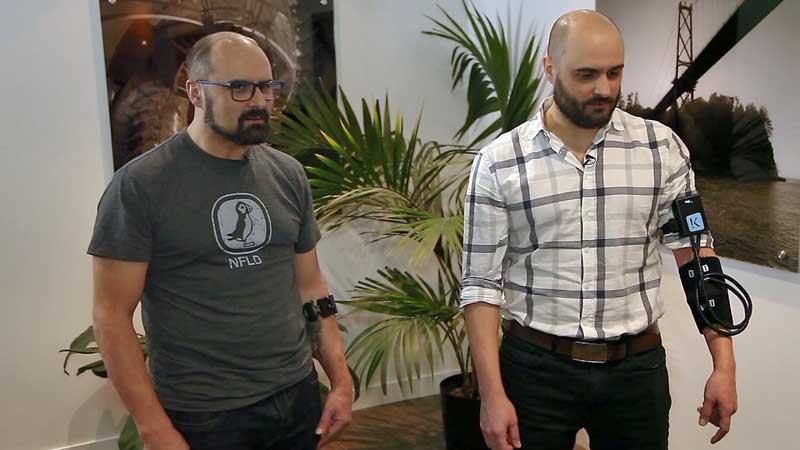One of the most difficult things a doctor must do is interpret a patient’s symptoms. Sometimes the patient does not know exactly how to express what he or she is feeling in words. Then when a fairly accurate description of the symptoms is verbalized, that description could point to a wide field of causes.
For example, a patient presents with lower stomach pain that radiates to the back accompanied with nausea. If one were to Google those symptoms, the following conditions, plus several others, would come up: pancreatitis, ruptured spleen, liver disease, onset diabetic shock, onset heart attack, gastritis, irritable bowel syndrome, food poisoning, indigestion, and more. All are legitimate possible causes, all of which the physician needs to consider when deciphering the true cause. Of course follow-up tests more often than not help the doctor in diagnosing. But this is time consuming, expensive, and, in some cases, dangerous.
An old pseudo-profound saying proffers that you don’t really know someone until you’ve walked a mile in their shoes. Well, imagine if there was a device that could transmit what a patient feels directly to the physician. In other words, the doctor could feel exactly what the patient is feeling. That might reduce diagnosis time significantly while generating a lot more doctor-patient empathy. Another old pseudo-profound saying proffers, “seek and ye shall find.”
Klick Labs introduces the SymPulse Tele-Empathy Device, a unique device that wirelessly records and transmits Parkinson’s disease patient tremors in real time to a healthy recipient, i.e., the patient’s caregiver and/or physician.
As opposed to other inventions that replicate tremors via mechanical vibrations, Klick Labs’ device records continuous electromyogram data from the patient and wirelessly transmits it via Bluetooth to a custom-engineered electrical muscle stimulation armband for non-patients. The patent-pending, experiential device induces involuntary muscle activity, which mimics patient tremors in real time. This enables physicians to experience the difficulties a patient experiences when performing simple tasks.
Dr. Jodi Halpern, Professor of Bioethics and Medical Humanities at the University of California, Berkeley notes, “Skillful use of clinical empathy is essential for all three major aspects of effective medical care: accurate diagnosis, treatment adherence, and patient activation. We need innovative approaches to inculcate empathy in physicians, including exciting new interactive technologies that enable people to experience other people's symptoms.”
On the other side of the coin, Vancouver, BC-based physiotherapist Naomi Casiro believes symptom transmission offers benefits beyond higher empathy. The clinician who only treats Parkinson's disease patients states, “I can use my clinical expertise to analyze movement patterns and try to improve the patient’s capacity to perform daily motor tasks, such as buttoning a shirt or putting on a jacket. However, if I could combine these clinical skills with the experience of actually feeling how the patient moves, my ability to assess the movement challenges and problem-solve the solution would be amplified.”
As with any truly useful technology, the sky’s the limit in terms of future innovation. Today, SymPulse is transmitting muscle tremors. With the Internet of Things, those symptoms can be sent globally to, perhaps a medical team working on a breakthrough cure.
Then the next steps would involve addressing other diseases and symptoms through the use of wearables with sensors that measure everything from glucose levels in tears to air flow and blood oxygen saturation levels. As a result, Klick Labs is also exploring symptom transference for diabetes and chronic obstructive pulmonary disease. No doubt the company will expand into other critical areas.
Watch a video of a 43-year-old early onset Parkinson’s patient transmitting his tremors to his wife and identical twin brother at https://www.klick.com/sympulse.

For more information on the SymPulse Tele-Empathy Device, visit http://www.klick.com, call 877-885-9957, and/or email [email protected] . ~MD